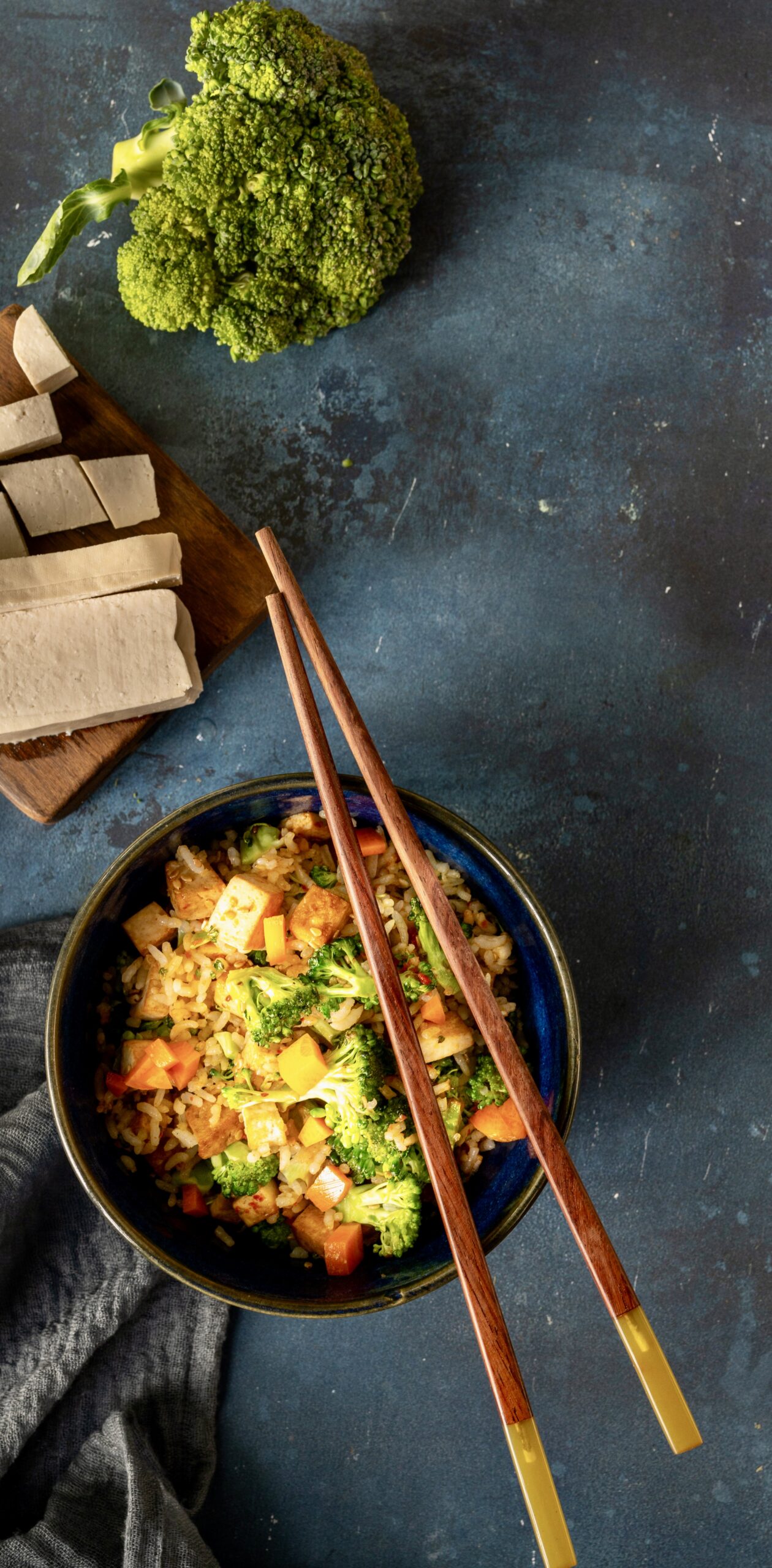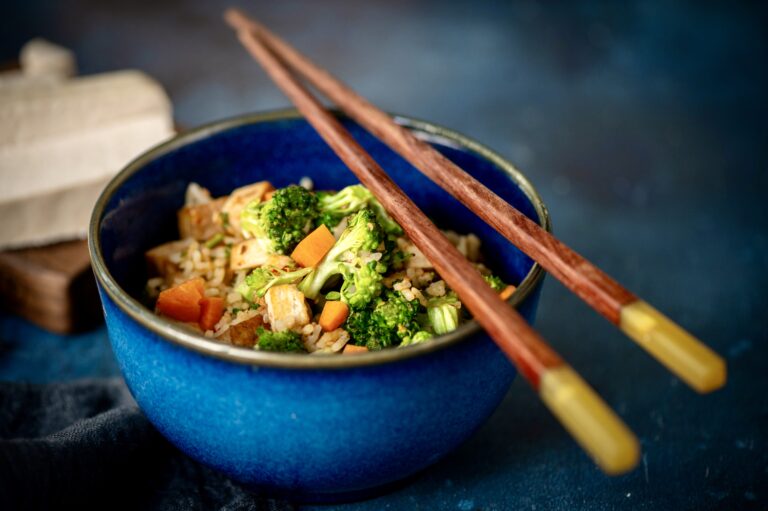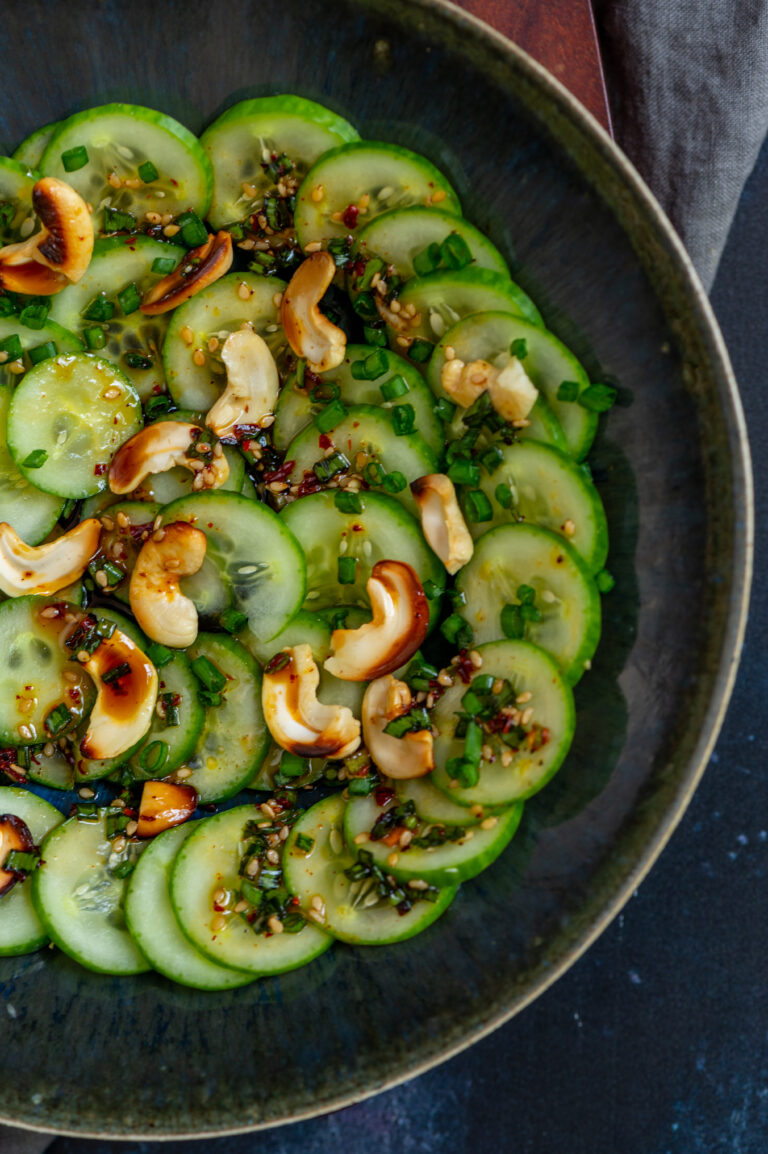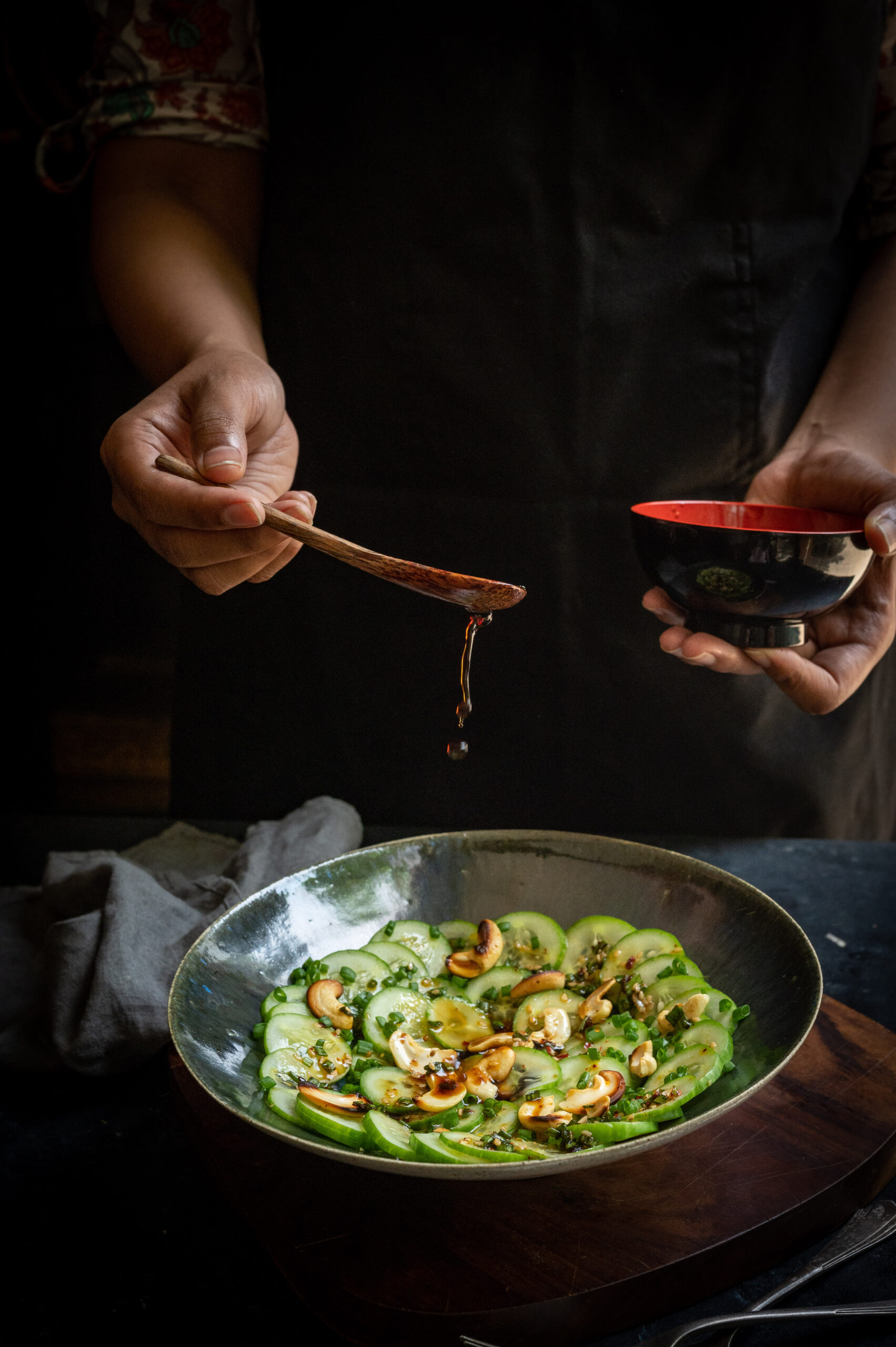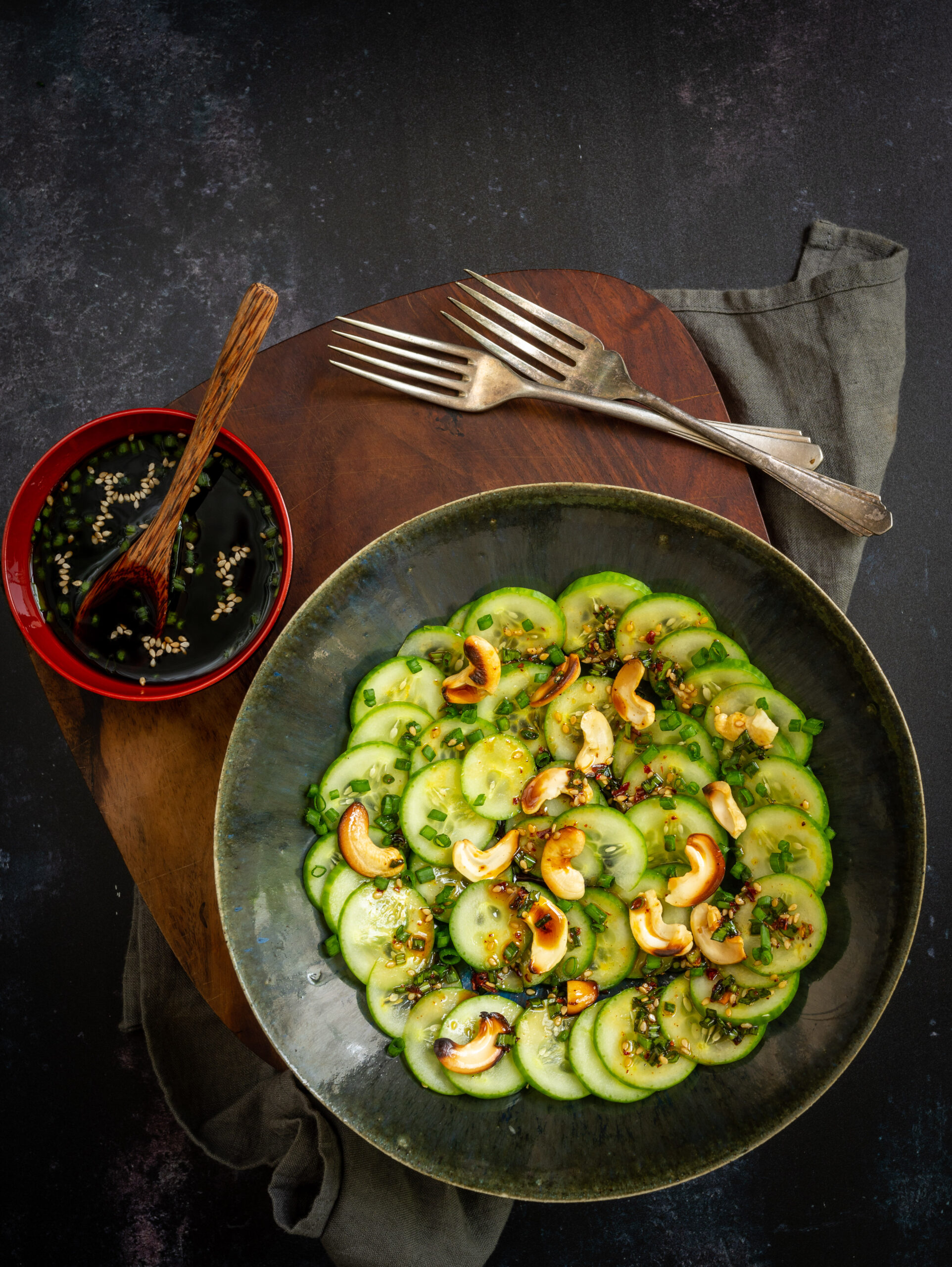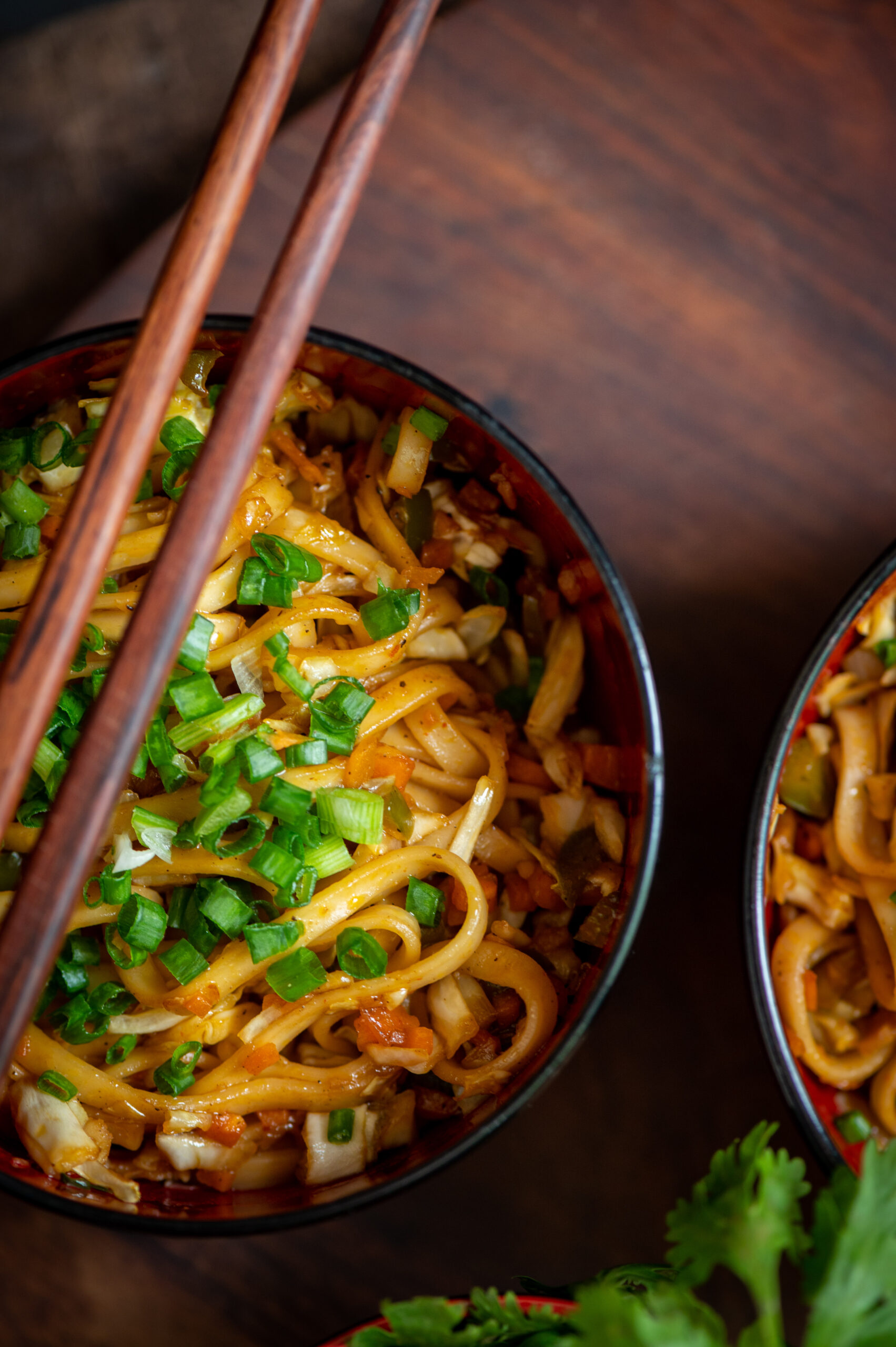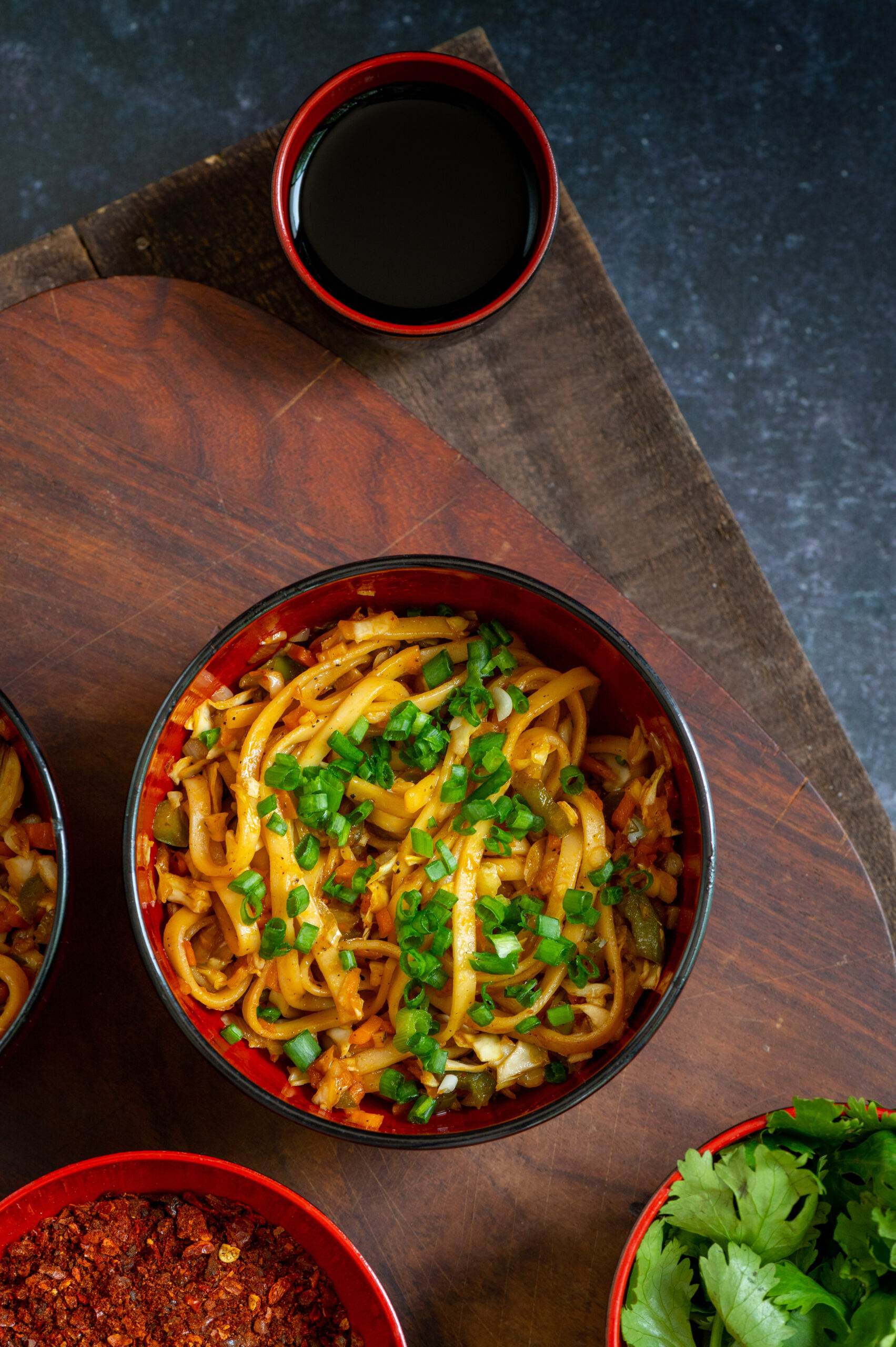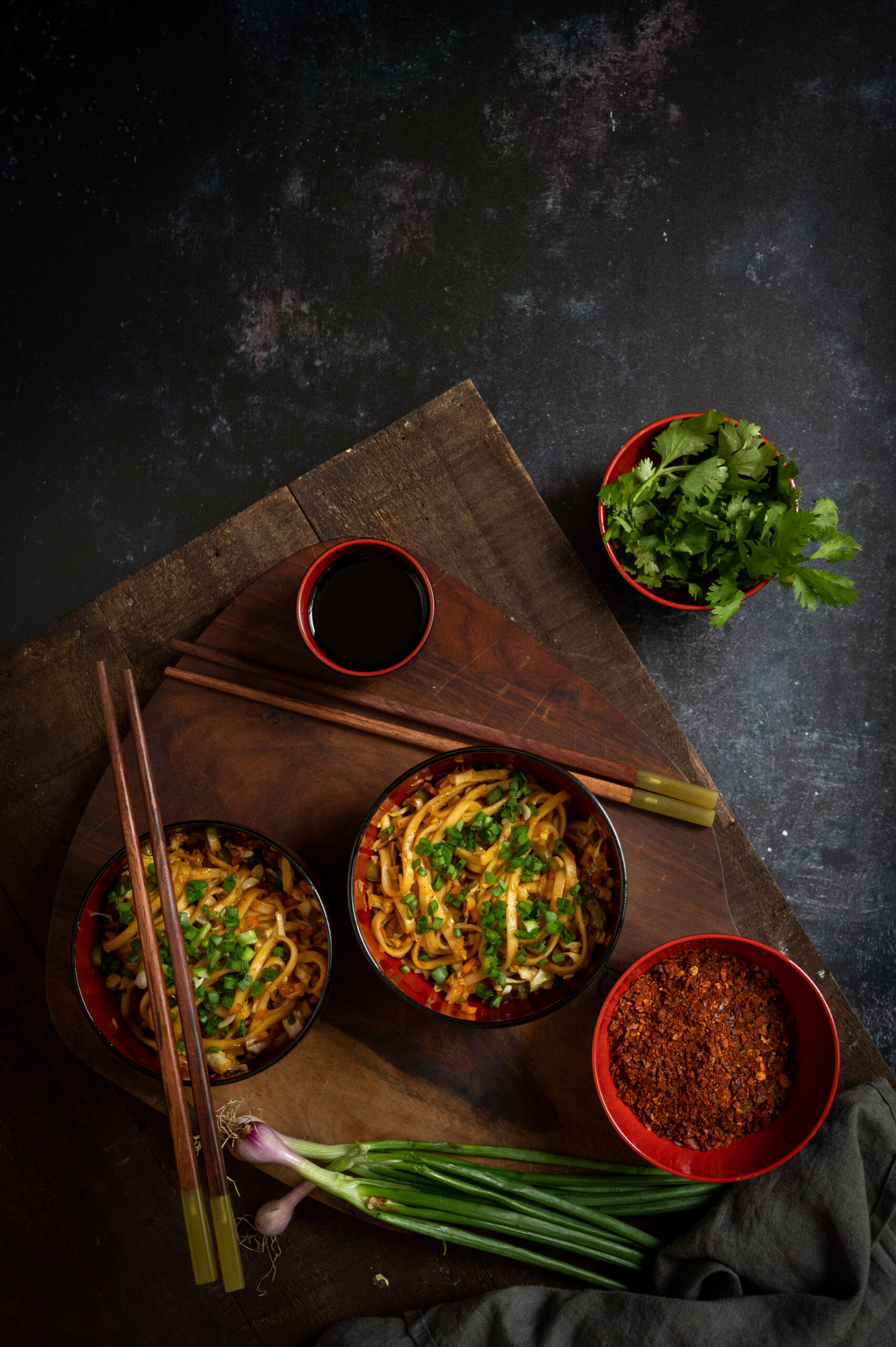As I’ve gotten older, the importance of increasing my protein intake has become a big part of how I plan my meals. In fact, making this a habit from when one is young can have more benefits, but as they say, better late than never. If you, like me, are on a similar health journey, and especially if you consume a vegetarian diet, this tofu broccoli rice will make an excellent addition to your repertoire.
Bringing an adequate amount of protein into our meals is not that simple, which is why I will not make any major claims about what this dish may do for you. Speaking about protein is trendy on social media right now, but the truth is that no one can give you the actual numbers and amounts other than a good nutritionist, whom you work with directly. I have been guided by one who has helped me determine my individualized protein needs based on a variety of factors and who has made sure that I have upped my consumption. I have since become much more aware in general about how to ensure I get enough.
The shift is quite a difficult shift for us, as Indians, because it has been ingrained in us for centuries that rice or roti must be the main course of every meal. Carbs form the centre of every traditional plate. I would actually suggest that we make a departure from what is traditional here and instead take inspiration from youngsters. I can see how the next generation is much more conscious about their eating habits and are choosing to change the composition of their daily thalis. It is not as straightforward as just throwing in an ingredient. Rather, it’s about tweaking all the components of the meal, and the specific portions. So, while this dish contains rice, it highlights the tofu, which gives us protein, and the broccoli, which gives us fibre. When I prepare it, I include 30% tofu, 30% broccoli and 40% rice, rather than 60% rice as I would have in the past. These small adjustments are a great way to start incorporating larger amounts of protein into our regular cooking.
I would also have used paneer rather than tofu earlier, and I include myself when I say that getting Indians to shift from paneer to tofu is another challenge in itself! Paneer is always regarded as the ultimate dish at a vegetarian table. The Indian reverence for milk plays a part, but so does the fact that the higher fat content in paneer does make it tastier. Still, tofu is a fantastic replacement, and the trick is to cook it separately, adding specific flavours to it, as I’ll describe in the method below.
In addition to tofu, soyabean chunks and tempeh are also great protein-boosting vegetarian options. Nowadays, I can vouch for excellent organically produced soya on the market, and also that there is quite a variety of brands available.
This tofu broccoli rice is bursting with goodness already, but you can also turn it into a Buddha bowl by adding a few more ingredients. You can also check out the archives for some more ideas on how to put together a well-rounded meal-in-a-bowl.
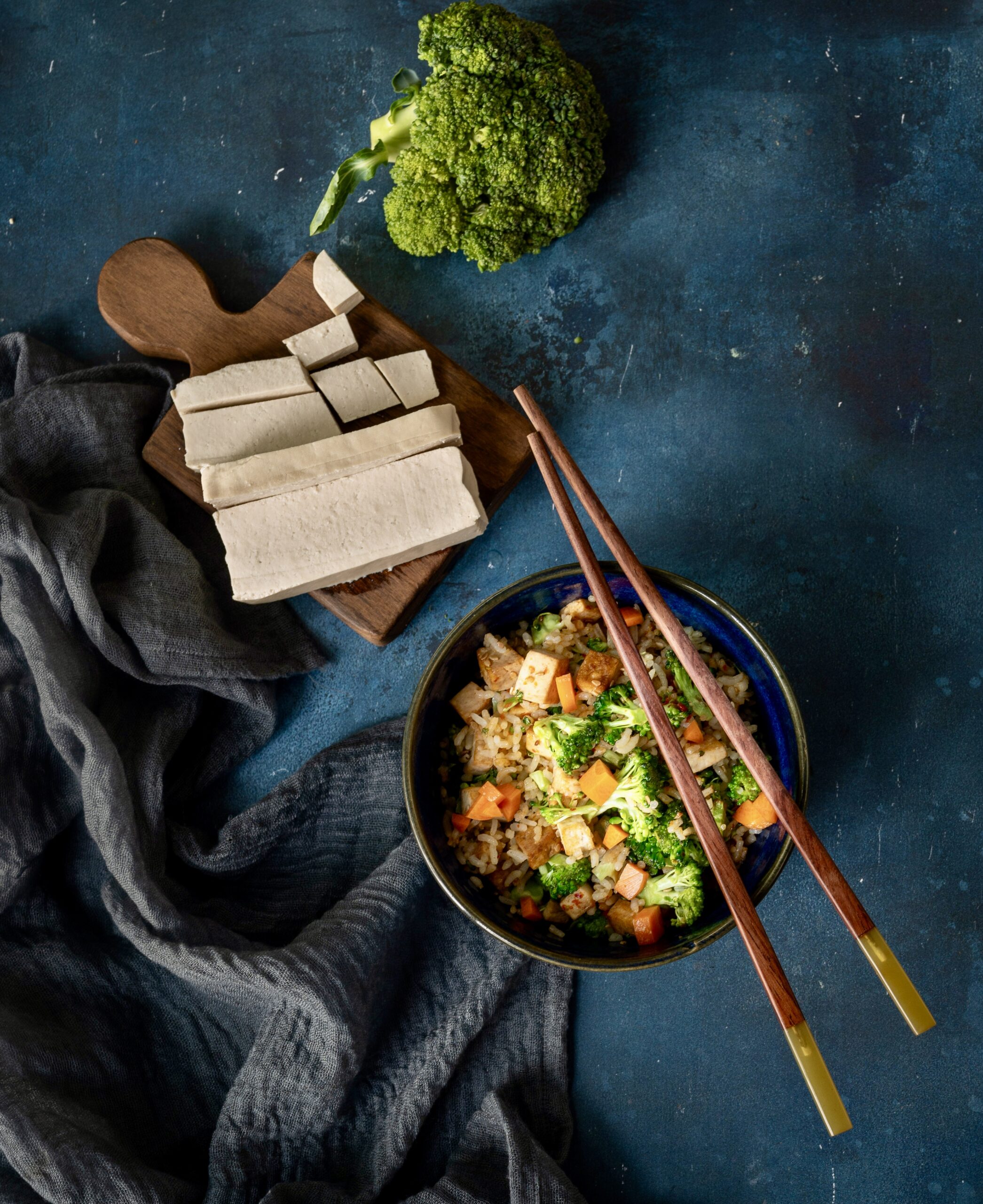
Tofu Broccoli Rice
(Serves 2)
1 cup broccoli
1 cup tofu
½ cup cooked rice
1 teaspoon soya sauce
1 teaspoon sesame seeds
1 tablespoon sesame oil
Salt to taste
½ teaspoon chilli paste
A handful of mint leaves
½ cup chopped carrot
Add oil to a pan. Once it has heated, add the sesame seeds. Now, add the tofu and allow the pieces to turn golden on both sides. Add the soya sauce. Stir and set aside.
Using the same pan, add the broccoli and the carrots and allow these to cook for a few minutes, like a stir fry. Add the tofu to the pan again, as well as the cooked rice. Add salt to taste. Remember that soya sauce is already salty, so be careful to adjust the quantity you use accordingly.
Mix well and serve hot. I have added mint leaves and chopped carrots as a garnishing, and to bring more colour to the dish.
As always, I encourage you to use my recipe as a base on which to design your own. I often reiterate about using up what’s already in your fridge or your pantry, so feel free to replace broccoli with another vegetable or even several other vegetables. As for the rice, here’s a tip: fried rice always tastes best when it has been cooked the previous day, chilled, then stir-fried.
Of course, you may want to replace rice altogether with quinoa or another grain. Personally, I have gone with small grain white rice as I find it quite flavourful and believe it works well with tofu. In my mind, the two ingredients are associated with South East Asia and certain travels and experiences there. Bringing them together feels intuitive to me. Food is often like that, is it not? Even when fulfilling our nutritional requirements, we can also fulfil our nostalgic meanderings, and of course, our cravings too.
